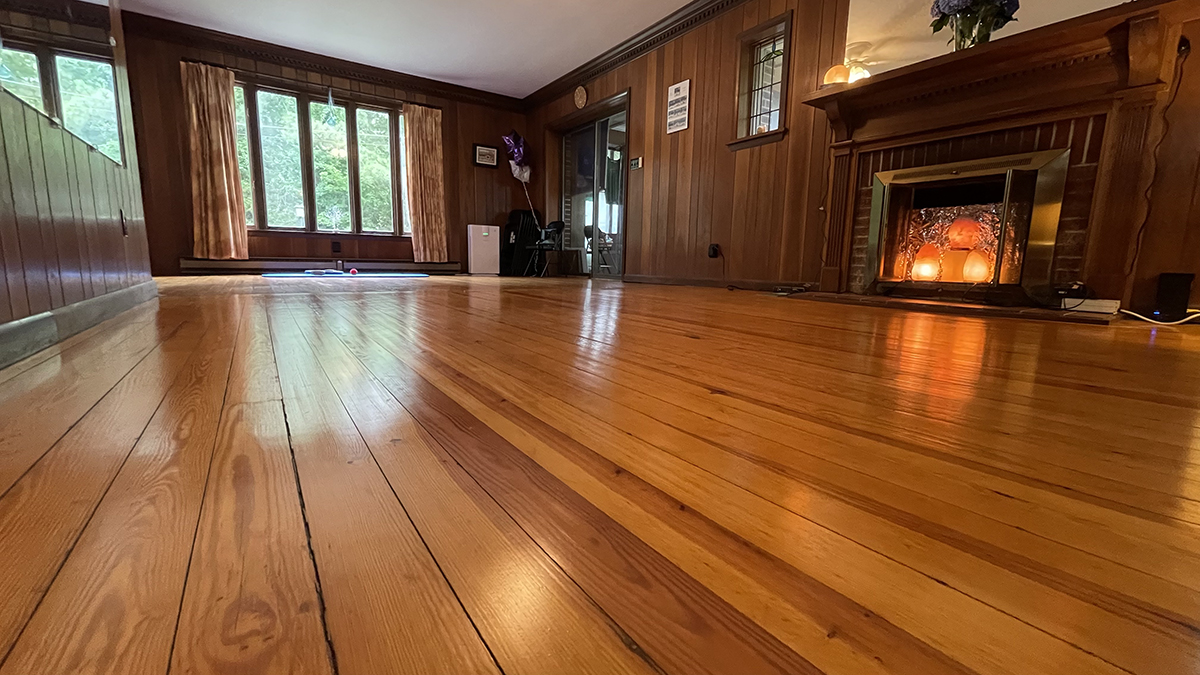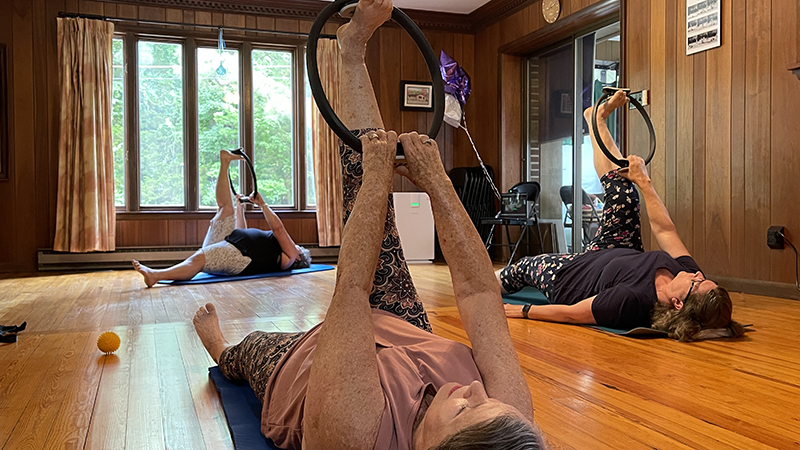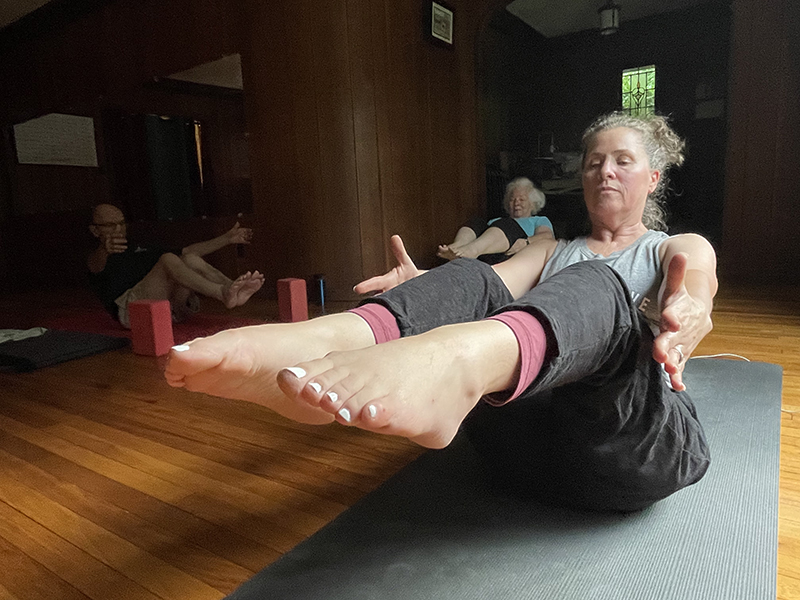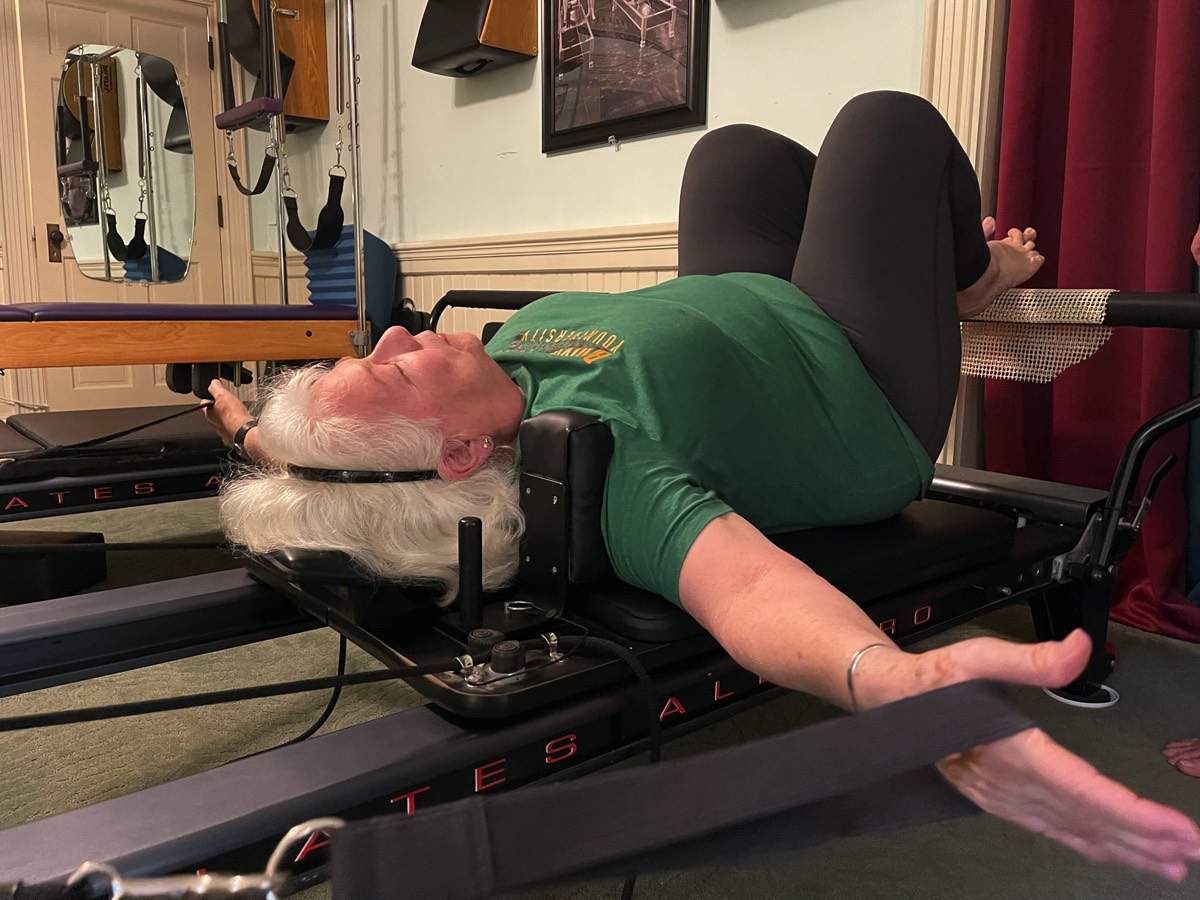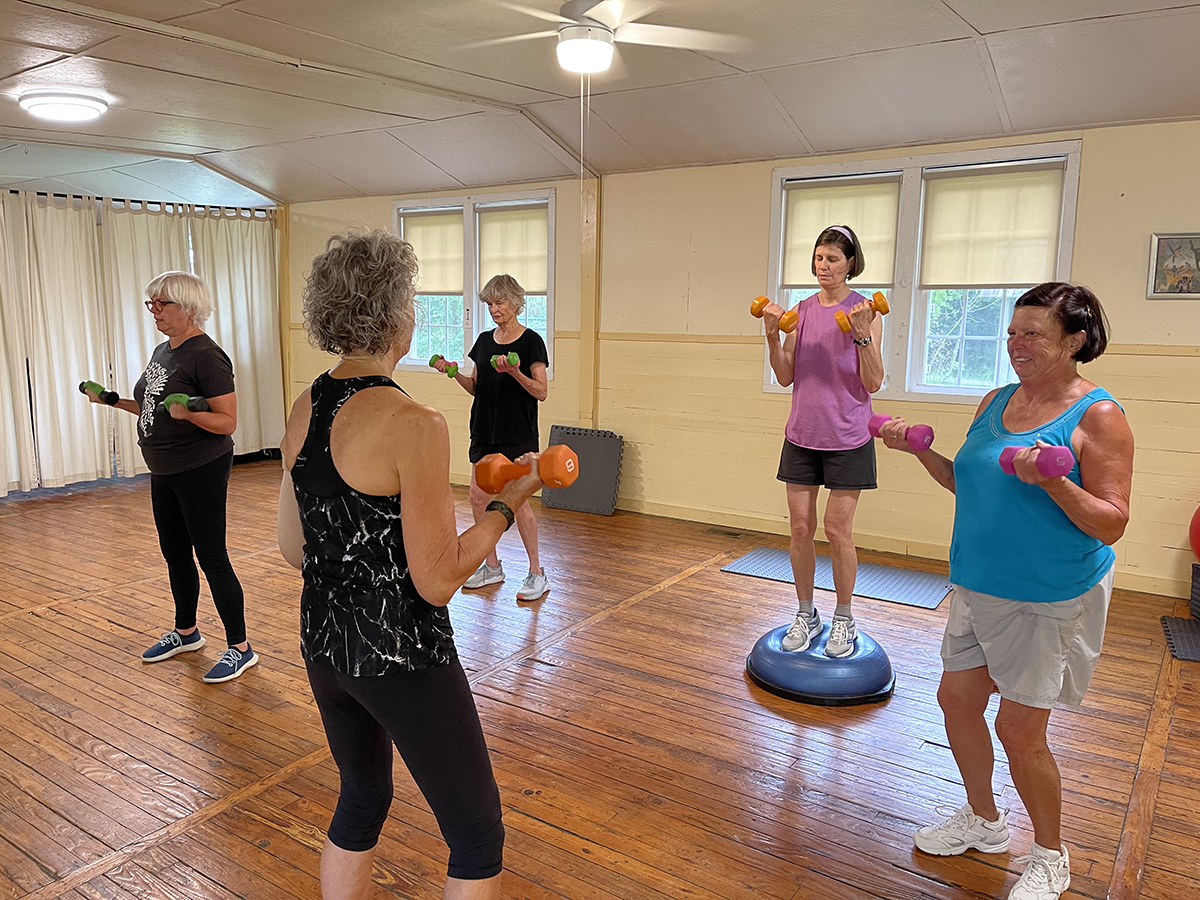
OUR MISSION is to educate people—from collegiate students to those well into their twilight years—about how the body works and to enable them to move with ease and strength.
Located on the beautiful 13,000-acre campus of the University of the South in Sewanee, Tennessee, Bodyworks Youniversity is a perfect setting for our restorative work. We want your experience to be a “tiny vacation” from your busy life, to learn how to destress and unwind your body and soul.
We offer private and duet sessions that use heat and stretching on Pilates equipment to release and align your body before taking you to core strengthening exercises. We also offer Pilates mat classes to strengthen and tone your body, as well as to educate you about what each exercise is designed to achieve.
Aging Gracefully: The Power of Exercise at Every Stage of Life
Aging is inevitable, but how we age is, to a large extent, within our control. While genetics and environment play a role, one of the most powerful tools we have to age well is exercise.
Why Exercise Matters More As We Age
As we grow older, our bodies naturally undergo changes—muscle mass decreases, bones may become more brittle, and balance and coordination can decline. But here’s the good news: regular physical activity can slow or even reverse many of these effects.
Here’s what exercise can help with:
-
Maintaining muscle mass and strength
Strength training helps combat the natural loss of muscle that comes with age, keeping us strong, mobile, and independent. -
Improving balance and coordination
Activities like yoga, tai chi, or simple balance exercises can significantly reduce the risk of falls. -
Boosting mental health
Exercise releases endorphins, helps manage stress, and can reduce the risk of depression and cognitive decline. -
Protecting the heart and lungs
Aerobic activities like walking, swimming, or cycling improve cardiovascular health, keeping your heart and lungs in good shape. -
Enhancing flexibility and joint health
Stretching and mobility work improve range of motion and reduce stiffness.
Finding the Right Routine for You
The key is not to aim for perfection, but consistency. Here’s a simple weekly framework recommended for older adults:
-
150 minutes of moderate aerobic activity (e.g., brisk walking, swimming)
-
2+ days of strength training
-
Balance and flexibility exercises several times a week
And if that sounds overwhelming, start small. Even 10-minute sessions throughout the day add up. The best exercise is the one you enjoy and can stick with.
Age Is Just a Number
Exercise isn’t about trying to look 20 again. It’s about feeling energized, staying independent, and enjoying life to the fullest—whether you’re 45, 65, or 85. So grab those sneakers, hit the walking trail, take a pilates class, or do a few stretches while watching TV. Your future self will thank you.
Fascinating Segment about Origin of Pilates
This is a very interesting feature about Joseph Pilates on Mysteries at the Museum. (fast forward to 15:16 to begin) Learn the fascinating story of how Joseph Pilates came up with his unique exercise routines. You might be surprised that it involves cats!

The Reality of New Year's Resolutions
The Reality of New Year’s Resolutions: Why They Often Fall Short and How to Make Them Stick
Every year, as the clock strikes midnight, millions of people around the world make promises to themselves, often called New Year’s resolutions. From the ambitious goals of getting fit to the more personal objectives like improving relationships or learning new skills, the start of the new year presents a fresh opportunity for self-improvement.
But the truth is, as much as we want to change and grow, New Year’s resolutions often fall short. In fact, studies show that about 80% of resolutions fail by the second week of February. So, why is it so hard to stick to our resolutions, and how can we set ourselves up for success? Let’s dig into the reality of New Year’s resolutions and explore how we can make them more achievable.
1. The Pressure to Make Big Changes
One of the biggest pitfalls of New Year’s resolutions is the pressure to make drastic, sweeping changes all at once. A sudden commitment to run a marathon, lose 30 pounds, or learn a new language can feel exciting at first, but it often becomes overwhelming when the reality of the goal sets in.
The problem is that big resolutions tend to focus on the outcome, rather than the process. When we set enormous goals, the road to achieving them can seem so daunting that we quickly lose motivation. This feeling of overwhelm is a key factor in why so many people give up on their resolutions by February.
2. Lack of Specificity and Planning
Another common reason why New Year’s resolutions don’t stick is a lack of clarity. Broad goals like "get fit" or "be happier" are admirable, but they aren’t specific enough to turn into actionable plans. Without a clear, well-thought-out roadmap, it’s easy to get off track.
When we make resolutions without breaking them down into smaller, manageable steps, we tend to get lost in the big picture and forget about the little actions that will get us there. For example, “losing weight” is a great goal, but without creating a realistic meal and workout plan, it’s easy to fall back into old habits.
3. Unrealistic Expectations
Sometimes, the issue lies in our expectations. We set goals that are so ambitious that they don’t fit with our current lifestyle, resources, or capabilities. If you’re trying to juggle a demanding job, family responsibilities, and social obligations, adding a big resolution like "write a book" or "work out for two hours every day" might be too much, too soon.
Unrealistic resolutions are doomed to fail because they don’t take into account the challenges of everyday life. When you’re not meeting your expectations, it’s easy to feel defeated, leading to a cycle of disappointment and discouragement.
4. The Motivation Myth
New Year’s resolutions often stem from a burst of motivation at the beginning of the year. However, motivation is a fleeting feeling, and it can be difficult to maintain over time. Motivation fluctuates, and as soon as it wanes, people often abandon their goals, assuming they simply weren’t motivated enough.
The truth is, motivation is not the most reliable source for achieving long-term goals. What’s more important is cultivating habits and systems that support your resolutions, even when motivation is low. Relying on willpower alone is a losing strategy.
5. Accountability and Support
While many resolutions are made in solitude, the most successful ones often involve a support system. Whether it’s a friend who holds you accountable, a partner who joins you on your fitness journey, or a community that shares your interests, having external support can significantly boost your chances of success.
Research has shown that people who share their goals with others are more likely to follow through. The act of verbalizing your goal to someone you trust creates a sense of accountability that can push you to stay on track.
How to Make Your Resolutions Stick
If you’re determined to make your New Year’s resolutions more than just a fleeting wish, here are a few tips to increase your chances of success:
1. Be Specific and Realistic
Instead of vague resolutions, try making them SMART (Specific, Measurable, Achievable, Relevant, and Time-bound). For example, instead of "get fit," say "exercise for 30 minutes three times a week for the next two months." This approach helps you create a plan that is clear, manageable, and realistic.
2. Break It Down
Large goals can be intimidating, so break them down into smaller, actionable steps. This makes it easier to see progress along the way, which will keep you motivated. For instance, if you want to "read more," set a goal to read for 15 minutes every day, or challenge yourself to read a chapter each night.
3. Build Habits, Not Just Goals
Focusing on creating sustainable habits is much more effective than relying on sheer motivation. Instead of a goal like "lose 20 pounds," shift your focus to building habits that support weight loss, such as meal prepping, drinking more water, or getting 8 hours of sleep each night.
4. Expect Setbacks
Setbacks are part of any journey. Instead of seeing them as failure, use them as learning experiences. If you miss a workout or eat something unhealthy, don’t give up on your goal entirely. Adjust and move forward. The path to success is rarely a straight line.
5. Get Support
Find a support system that encourages your progress. Whether it’s a workout buddy, a friend who’s also working toward a similar goal, or an online group with shared interests, support and accountability can be game-changers.
Conclusion: Focus on Progress, Not Perfection
New Year’s resolutions are an opportunity to take a fresh look at our goals and aspirations. But in reality, they require more than just a burst of motivation or wishful thinking. Success comes from setting realistic goals, building supportive habits, and staying committed even when progress feels slow.
Instead of putting all your energy into making a resolution you’ll abandon by February, try focusing on small, consistent changes that add up over time. Remember: it’s about progress, not perfection.
Heart Health
Maybe you have asked a similar question--
I'd like to improve my heart health, but I'm worried I don't have the motivation to join a gym or make big diet changes. Any advice?
Read on for information from the Mayo Clinic:
It's great that you want to improve your heart health. Don't think that you have to make big changes to have an effect on your heart health, though. Even small, basic steps can have dramatic effects.
One of the biggest drops in heart disease risk occurs when you go from living a sedentary lifestyle to being active for as little as one hour a week. Obviously, the more active you are, the better. But just one full hour of activity over the course of a week makes a difference.
Health professionals at Mayo Clinic have developed the Mayo Clinic Healthy Heart Plan. The entire plan is contained in the book "Mayo Clinic Healthy Heart for Life!" But one of the key messages is that even little steps may make a big difference.
Some of these steps for getting started are included in the "Eat 5, Move 10, Sleep 8" section of the book, which describes a two-week quick start to the Mayo Clinic Healthy Heart Plan. Here's a summary of the Mayo Clinic Healthy Heart Plan's quick start:
· Eat 5. Eat five servings of fruits and vegetables a day to boost your heart health. Start by eating breakfast and including at least one serving of fruit or vegetable. Snack on vegetables or fruits in between meals. Make a conscious effort to include fruits and vegetables in your daily meals. Don't worry so much about foods you shouldn't eat — just work on getting five or more servings of fruits and vegetables a day.
· Move 10. Add at least 10 minutes of moderately intense physical activity to what you do every day. Sure government recommendations say to include physical activity for 30 minutes or more a day, but the bottom line is even 10 minutes makes a difference. (BODYWORKS YOUNIVERSITY CAN HELP WITH YOUR FITNESS GOALS).
For example, studies have found just 60 to 90 minutes a week of physical activity can reduce your heart disease risk by up to 50 percent. That's a big benefit from a pretty small commitment on your part. It doesn't have to be elaborate — take the stairs, take a walk, just get moving. As you become more active, you can try to increase your total amount of activity each day.
· Sleep 8. Quality sleep is good for your heart. It can be a challenge to make time for good sleep, but it's important. For two weeks try to get eight hours of good, quality sleep each night. Yes, each person's sleep needs vary slightly, but eight is a good number to shoot for.
All of these tips from the "Eat 5, Move 10, Sleep 8" section of the book are meant to be tried for two weeks before you move on to a more established heart-healthy plan. But there's nothing wrong with continuing this quick start for longer periods. Consider trying other reputable diet and exercise plans offered by the American Heart Association and government agencies. The point is to get started with something and keep at it.
--Francisco Lopez-Jimenez, M.D.
7 Reasons Experts Say Pilates is a Game-Changer for All Bodies
Shape Magazine has a great article describing just what Pilates is...
With celebrities like Lady Gaga, Miley Cyrus, and Megan Fox all waxing poetica about Pilates, it’s clear that Pilates is beloved by some—but fitness pros say Pilates should be loved by all.
Far from an exercise modality exclusively for A-listers and actresses, “Pilates really is for people of all fitness levels, stages of life, and ages,” says Pilates instructor and certified clinical Naturopath Bianca Wise with Alo Moves. There is even research proving that Pilates is safe for (most) peeps who are pregnant, the elderly, and even those who use mobility aids or have certain chronic conditions.
But what the heck is Pilates? Exercise! More specifically, “it’s a low-impact, low-intensity form of exercise that emphasizes core control, controlled breathing, and precise movement,” says Ashley Rogers the head instructor at Reform Pilates LA in Los Angeles, CA and founder of Pilates By Ashley.
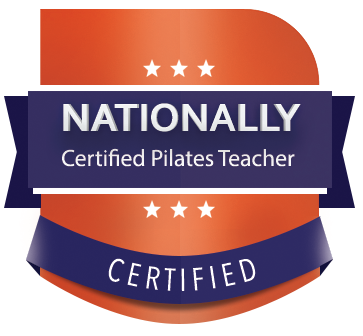
293 Ball park Road
Sewanee, TN 37375
and on Zoom app
(423) 322-1443
Monday-Friday
8a-7p
Private sessions available by appointment.

